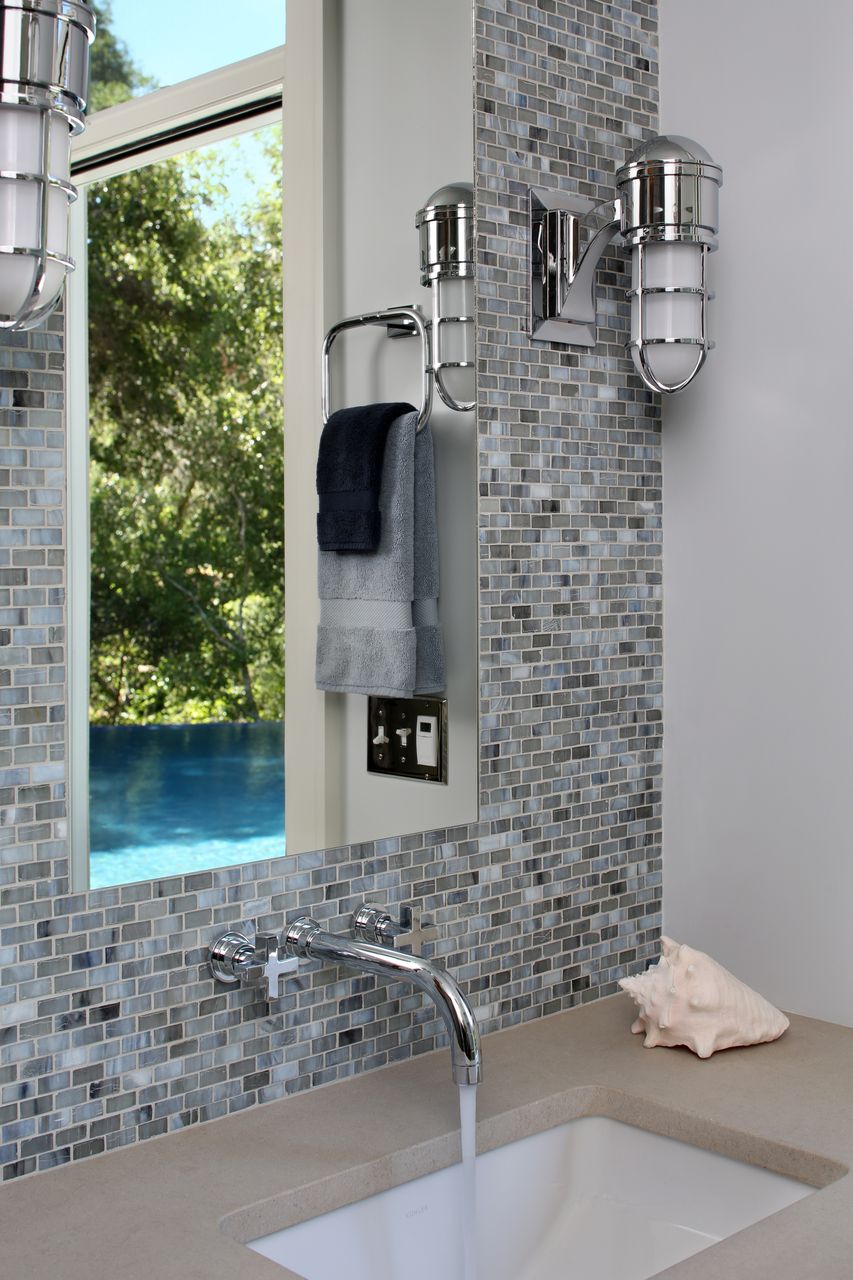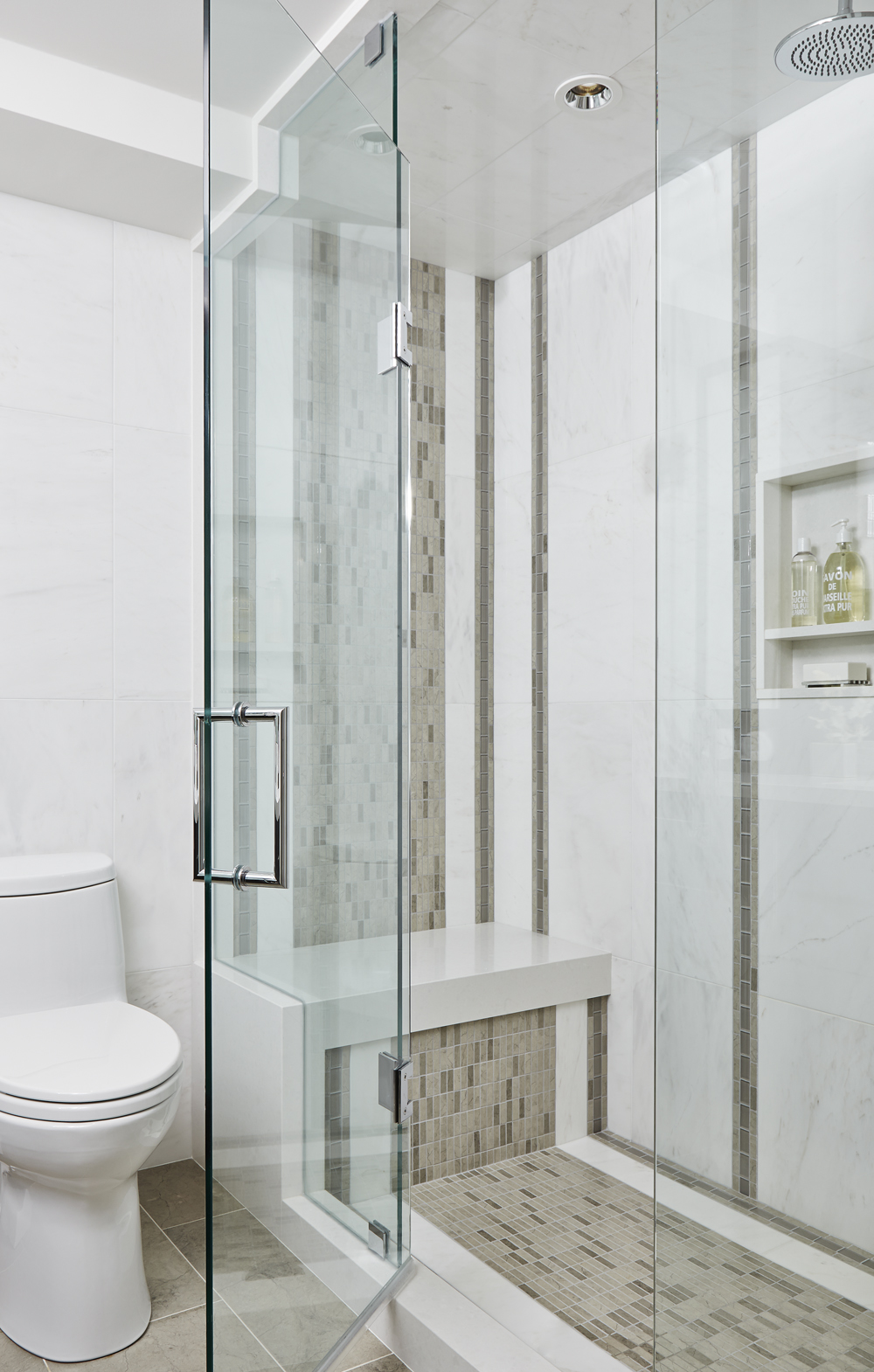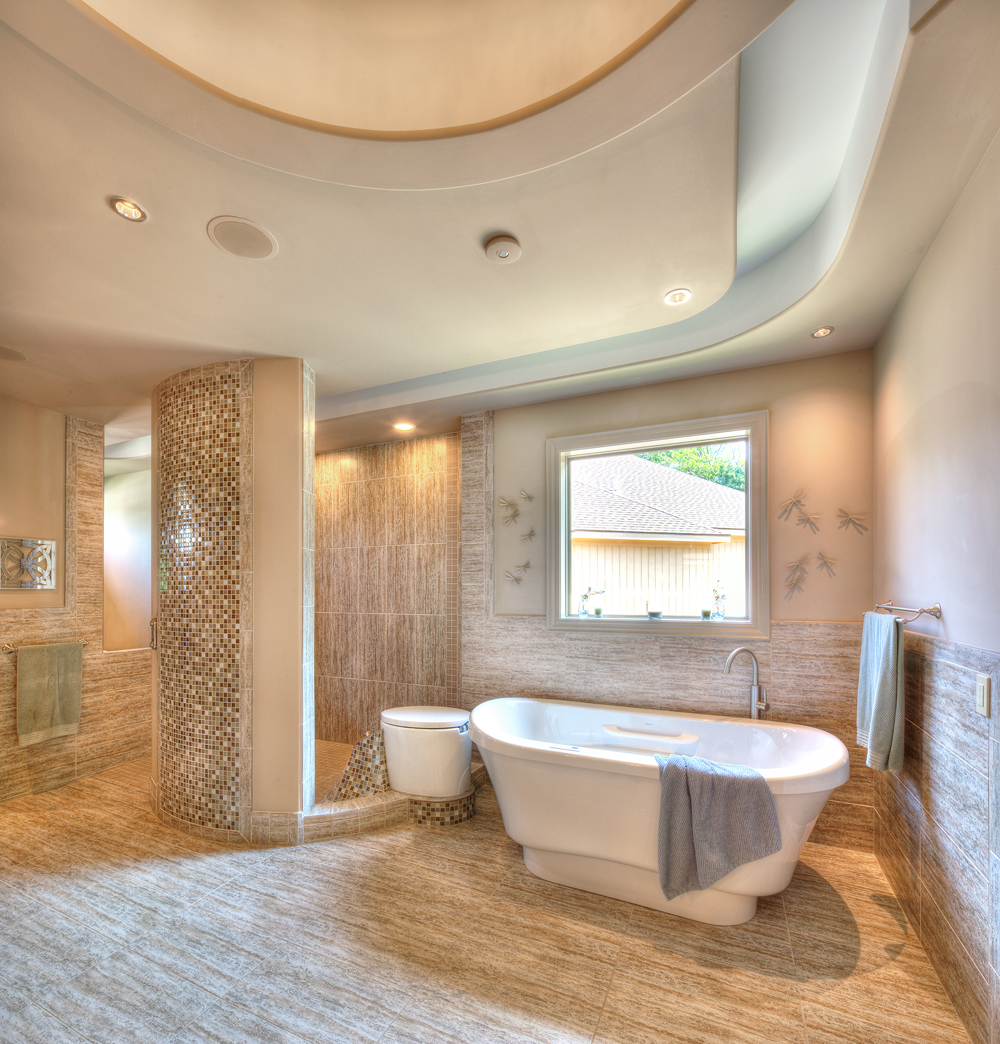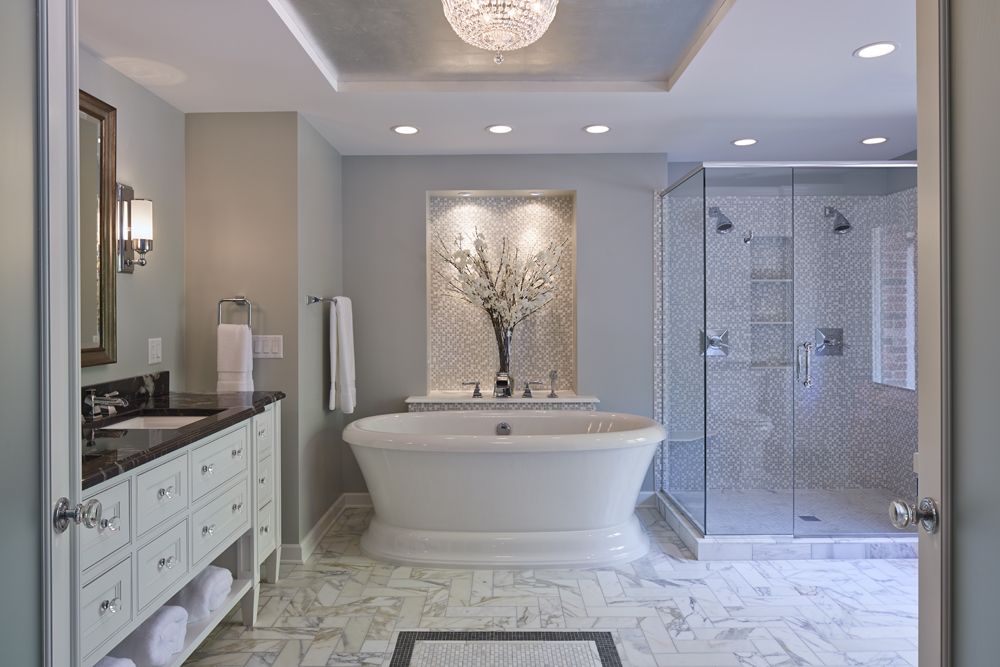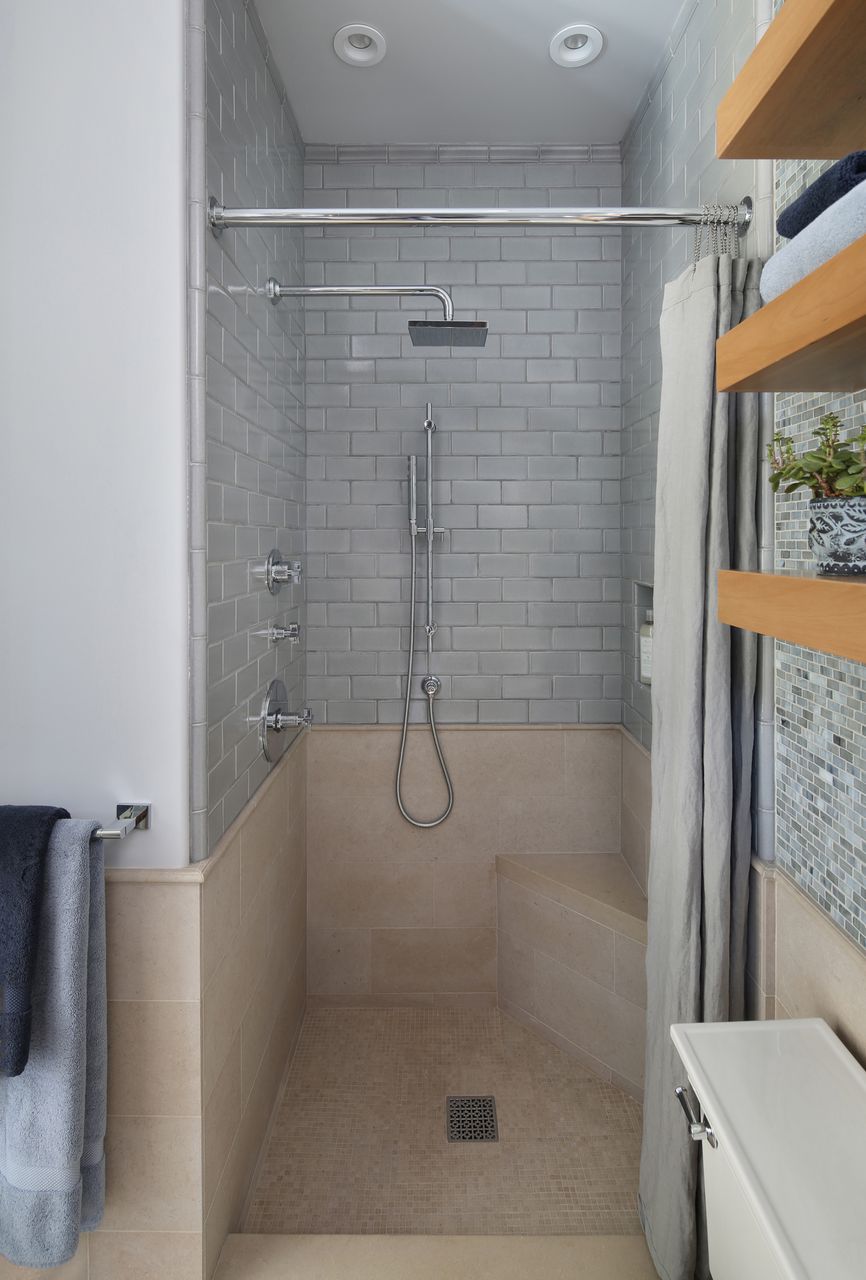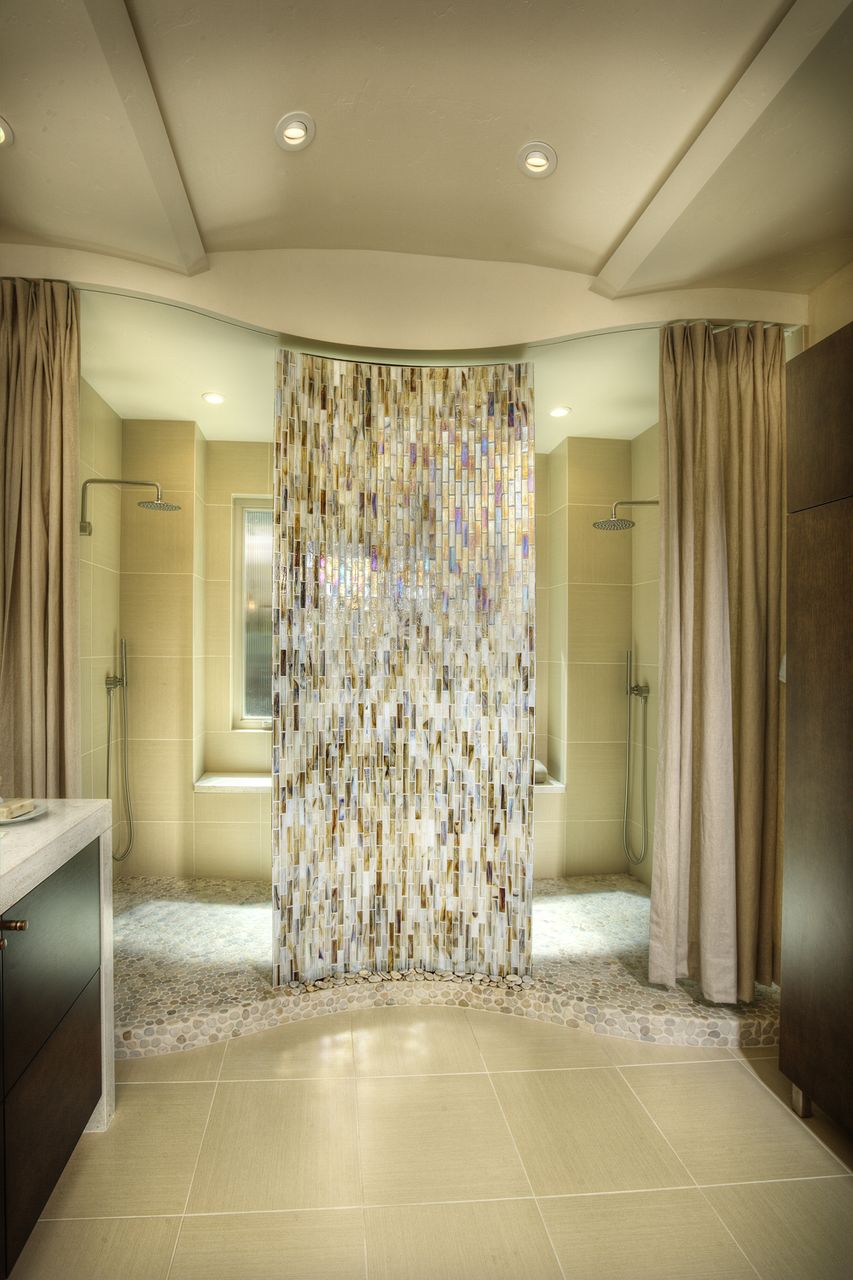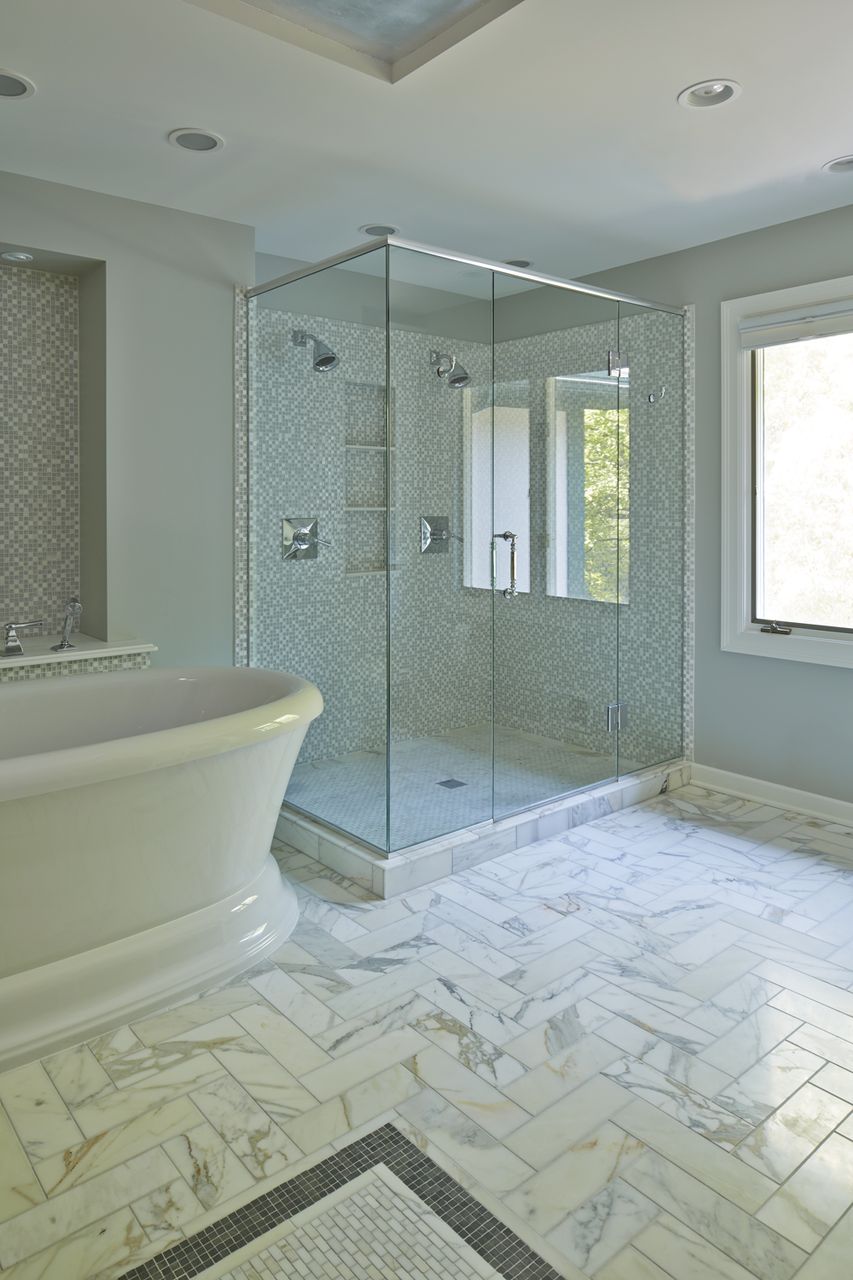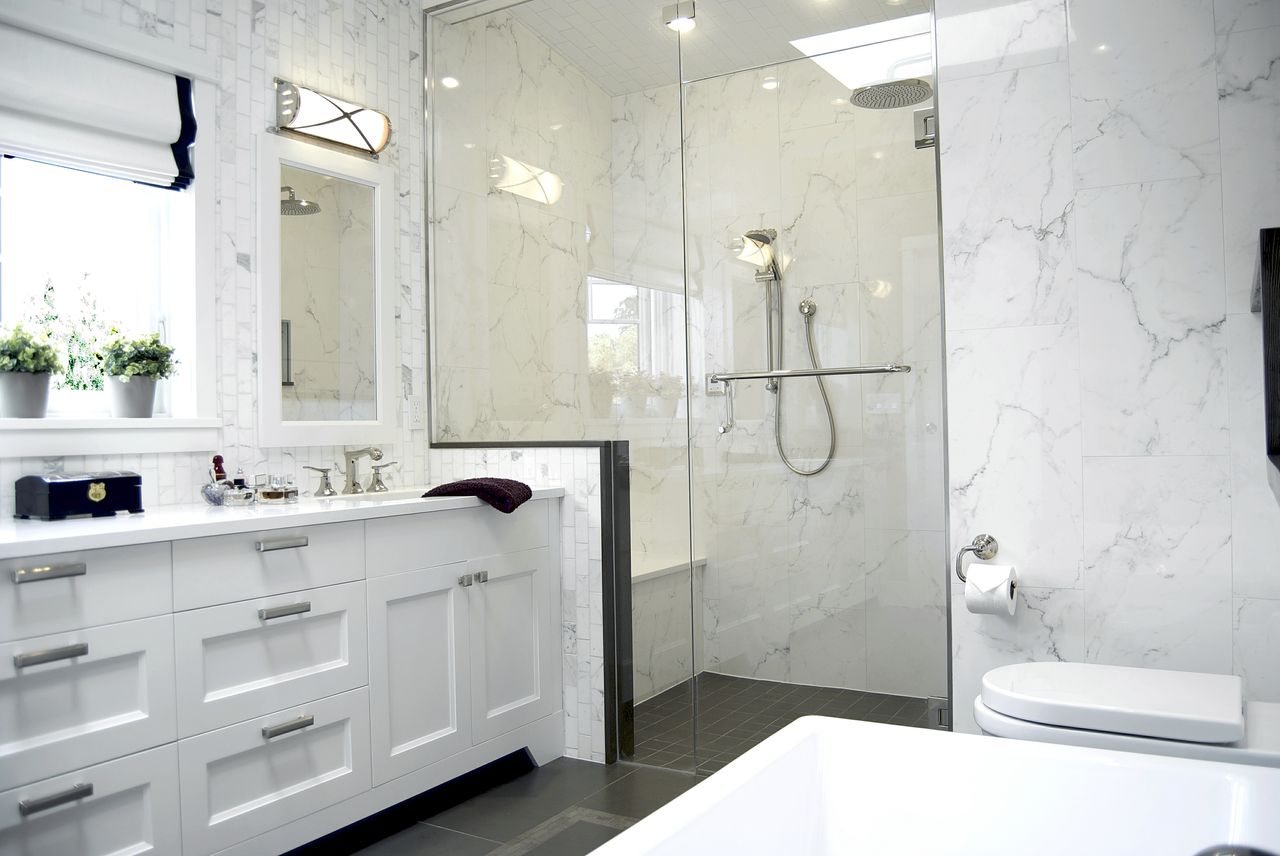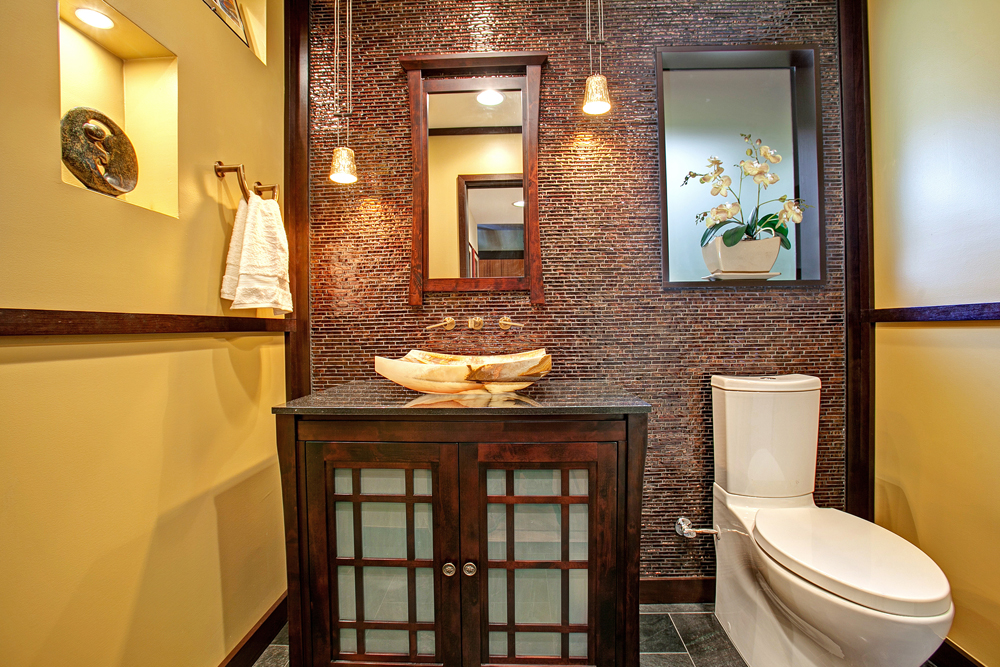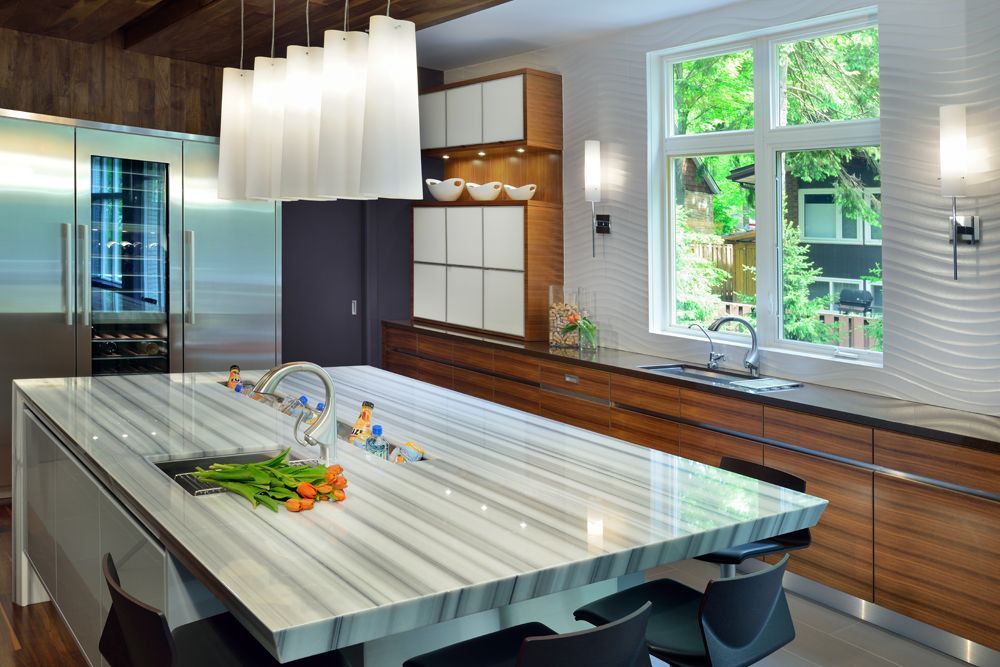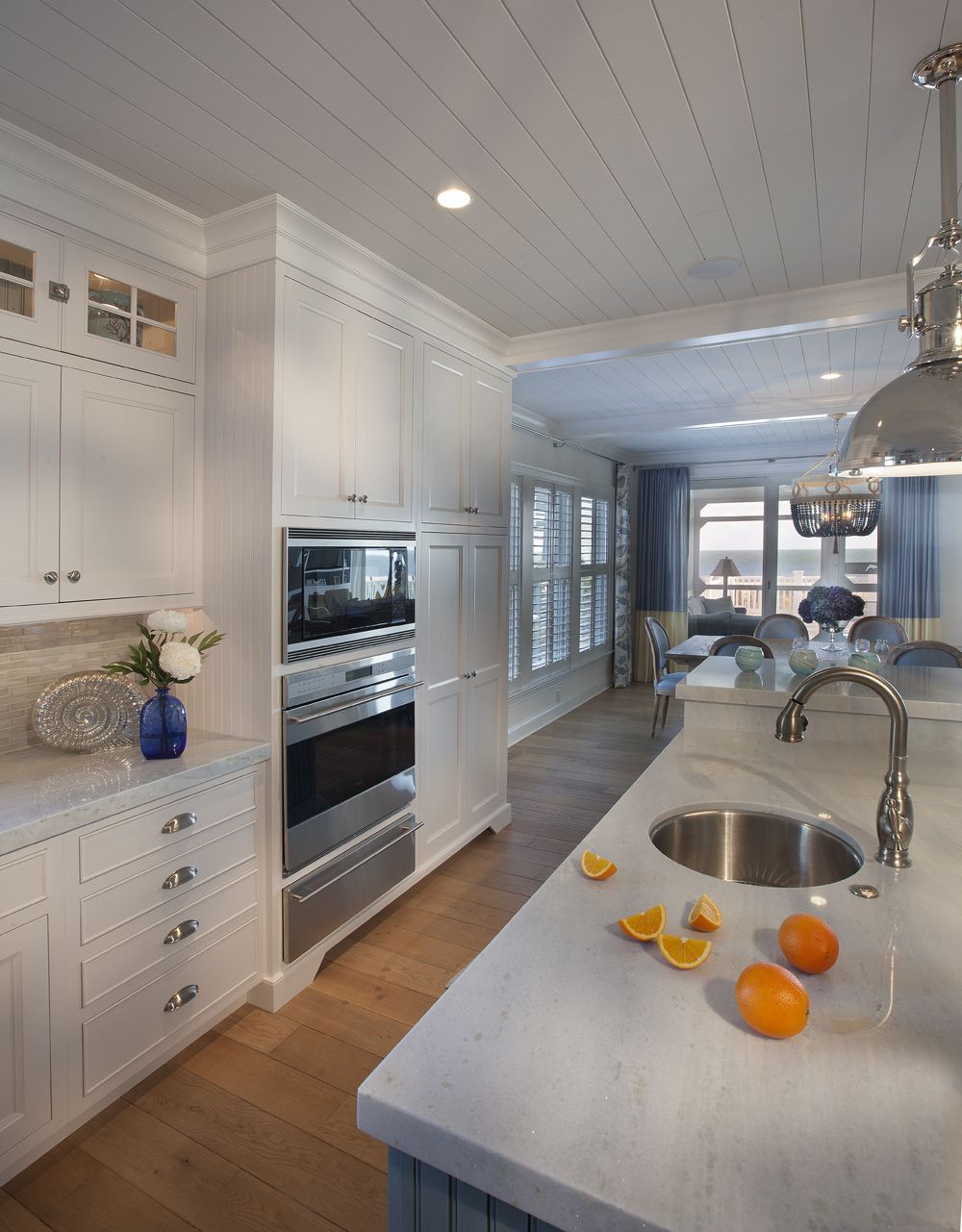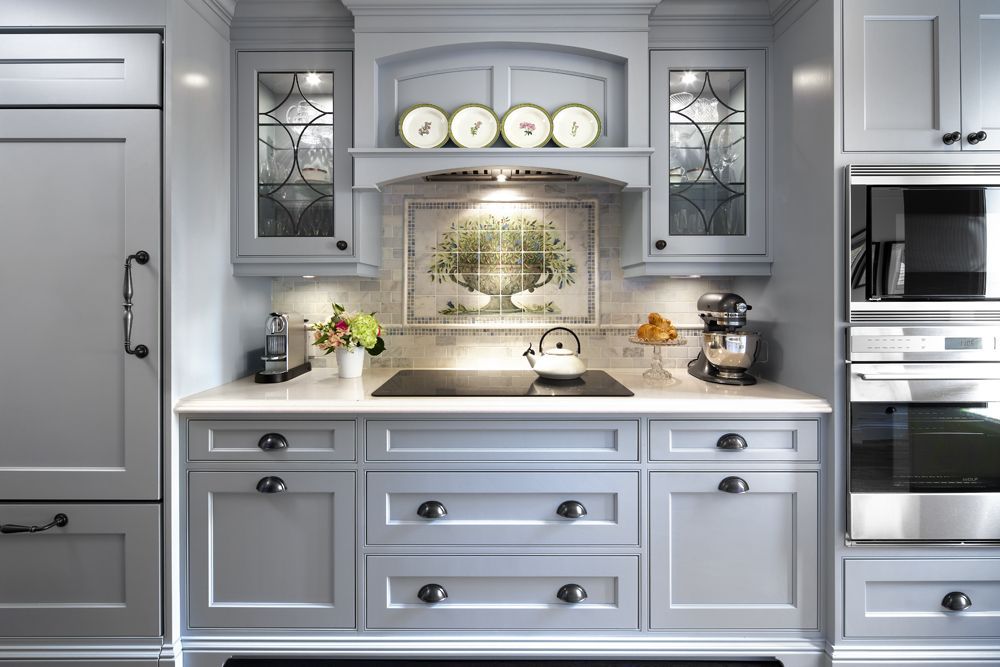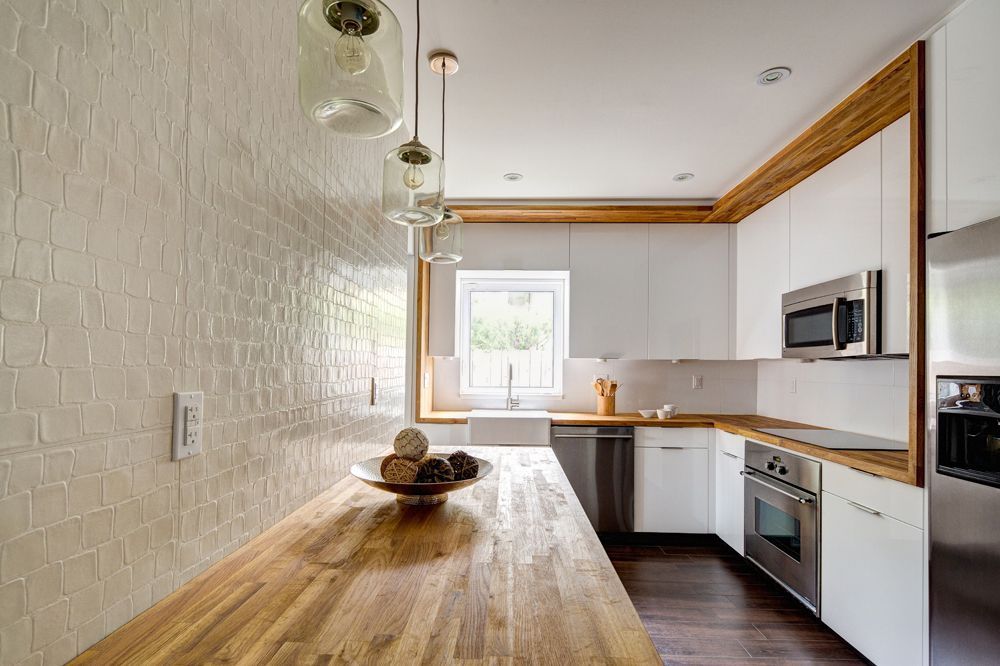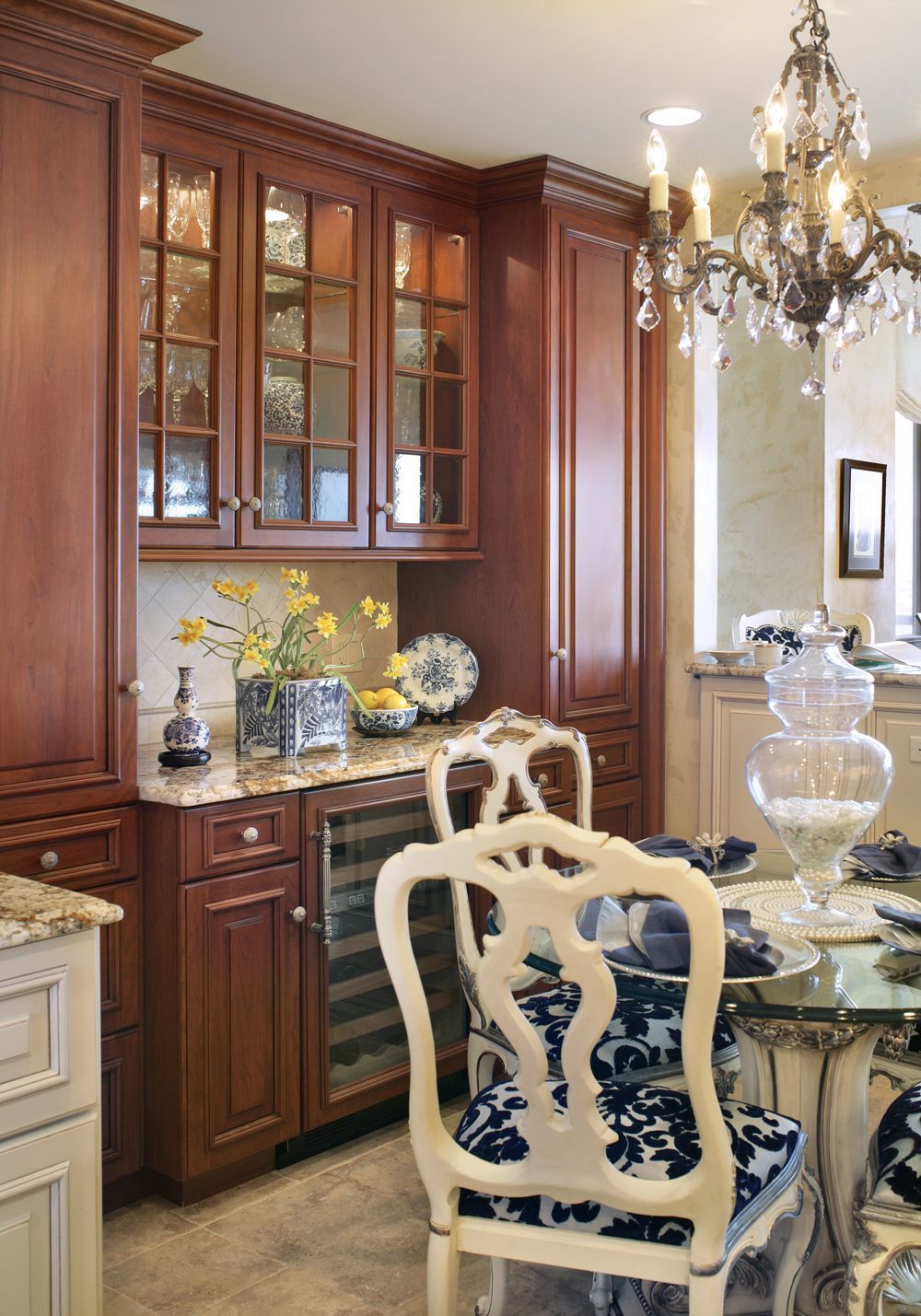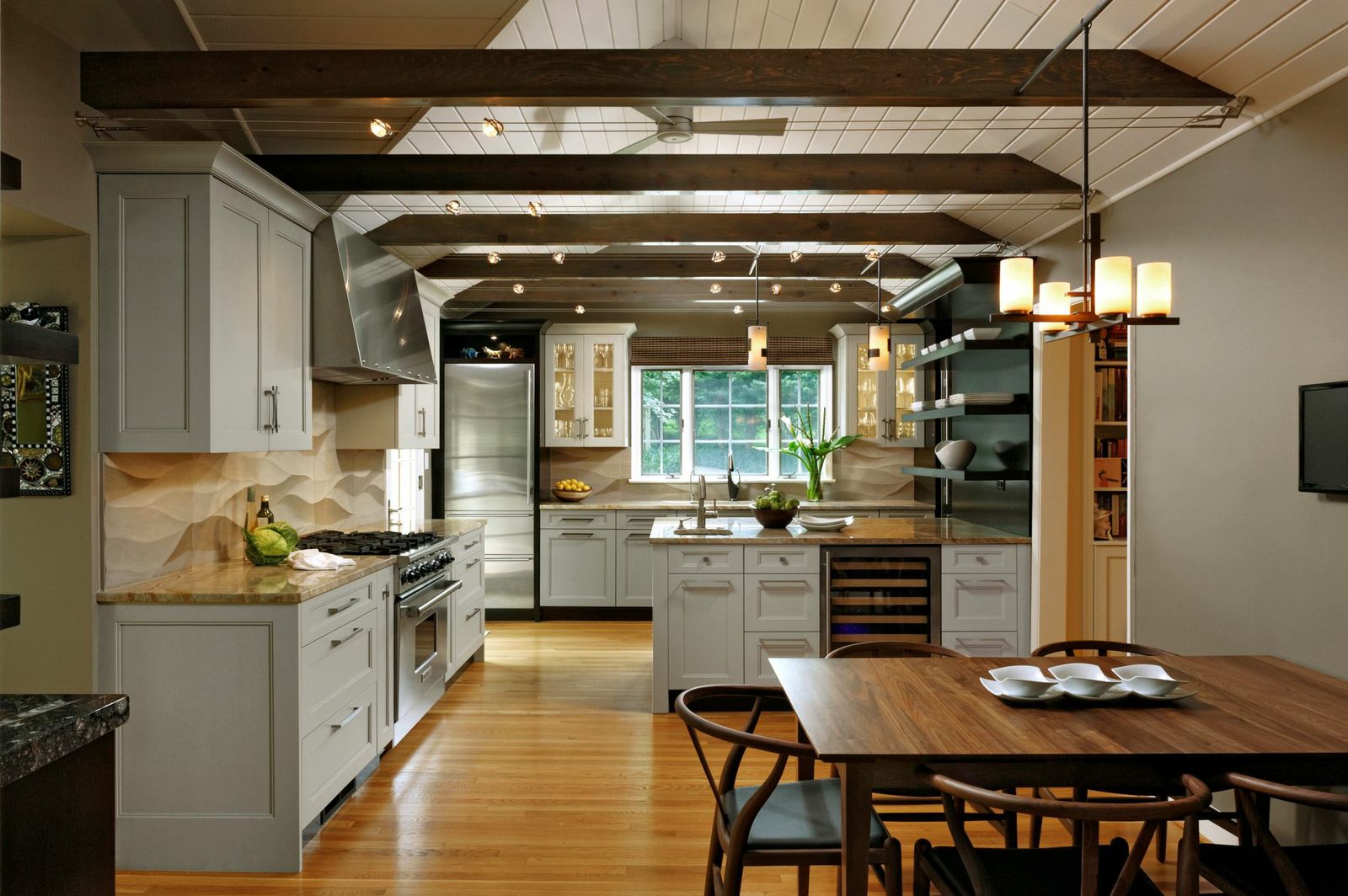When it comes to kitchen and bath design trends for both single-family and multifamily residences, contemporary is in, with clean, minimal lines and little ornamentation.
Universal design amenities and easy-maintenance features are also trending, according to a recent survey of more than 420 kitchen and bath design professionals by the National Kitchen and Bath Association (NKBA).
This year, consumers want kitchens that have “simple lines and not as much frou-frou, and are more about good storage and space planning,” summed up one NKBA designer.
Consumers want bathrooms to be “spaces to retreat and relax,” commented one member, “with luxurious details whenever possible.” Another sees “a general move toward simplicity in style, minimal color, but maximizing the features and storage.”
They are also demanding more universal design features. Fifty-seven percent of NKBA designers specified accessible or universal design features in bathrooms in 2013, and 56% incorporated them into kitchens. A majority of respondents anticipate adding more of these features, such as shower benches, comfort-height toilets, and vanities in baths; and microwave drawers and touch-activated or touch-less kitchen faucets in 2014.
The demand for easy maintenance spaces and products is also growing.
Bathroom design trends
1. Beige, bone and gray are hot and getting hotter
2. Universal design is becoming more universal
3. Soaking tubs are in the spotlight
4. Shower seating is here to stay
5. Radiant floors may be heating up
6. Steam showers are gaining steam
7. No holding back on no-threshold showers
8. Comfort is key when it comes to toilets and vanities
Kitchen Design Trends
9. Granite is on top, but quartz is catching up
Some 70% of respondents see quartz countertops increasing in 2014. At the end of 2013, granite and quartz were almost tied for the top spot in countertop materials, at 91% and 90% respectively.
10. Stainless is timeless
11. Pullout faucets still pulling ahead
12. Microwave drawers beating out warming drawers
13. Gray and white are hand-in-hand
14. LEDs outshine incandescents
15. Cherry tops the wood types in cabinets
16. Flooring stays steady with wood, ceramic/porcelain
Related Stories
Architects | Nov 6, 2015
Hungary’s A4 Studio Wins World Architecture Community Award using ARCHICAD
Inspired by the suspended, community-designed shading structures seen on traditional Moroccan marketplaces, the Casablanca Market in Morocco allows traffic to flow through the arcade-like marketplace.
Healthcare Facilities | Nov 4, 2015
Hospital designers get the scoop on the role of innovation in healthcare
“Innovation” was the byword as 175 healthcare designers gathered in Chicago for the American College of Healthcare Architects/AIA Academy of Architecture for Health Summer Leadership Summit.
Office Buildings | Nov 3, 2015
Emotional intelligence and design
In a world in which technology and its skills are constantly changing, good people skills are becoming more important, writes VOA's Angie Lee.
Architects | Nov 2, 2015
NCARB: Interactive tool helps architects prep for exam
The Transition Calculator for the Architect Registration Examination (ARE) will help licensure candidates transition from ARE 4.0 to ARE 5.0.
Architects | Nov 2, 2015
China Accord: Design firms sign pledge to tackle climate change
52 companies will collaborate to reduce carbon emissions.
BIM and Information Technology | Oct 29, 2015
MIT develops ‘river of 3D pixels’ to assemble objects
The Kinetic Blocks can manipulate objects into shapes without human interference.
Architects | Oct 27, 2015
Top 10 tile trends for 2016
Supersized tile and 3D walls are among the trending tile design themes seen at Cersaie, an exhibition of ceramic tile and bathroom furnishings held in Bologna, Italy in October.
Architects | Oct 27, 2015
Architecture at Zero 2015 design competition names award winners
Entrants created family-style student residential plans for the University of California, San Francisco Mission Bay campus. All projects needed to be as close to net-zero as possible.
Architects | Oct 22, 2015
AIA: Architecture firms reporting progress on achieving carbon reduction targets as part of the 2030 Commitment
The AIA 2030 2014 Progress Report highlights an increase in design projects, gross square footage, and net-zero energy projects.
Architects | Oct 21, 2015
Strong rebound for Architecture Billings Index
Business conditions continue to be weak in the Northeast, but the other regions are in good shape.


